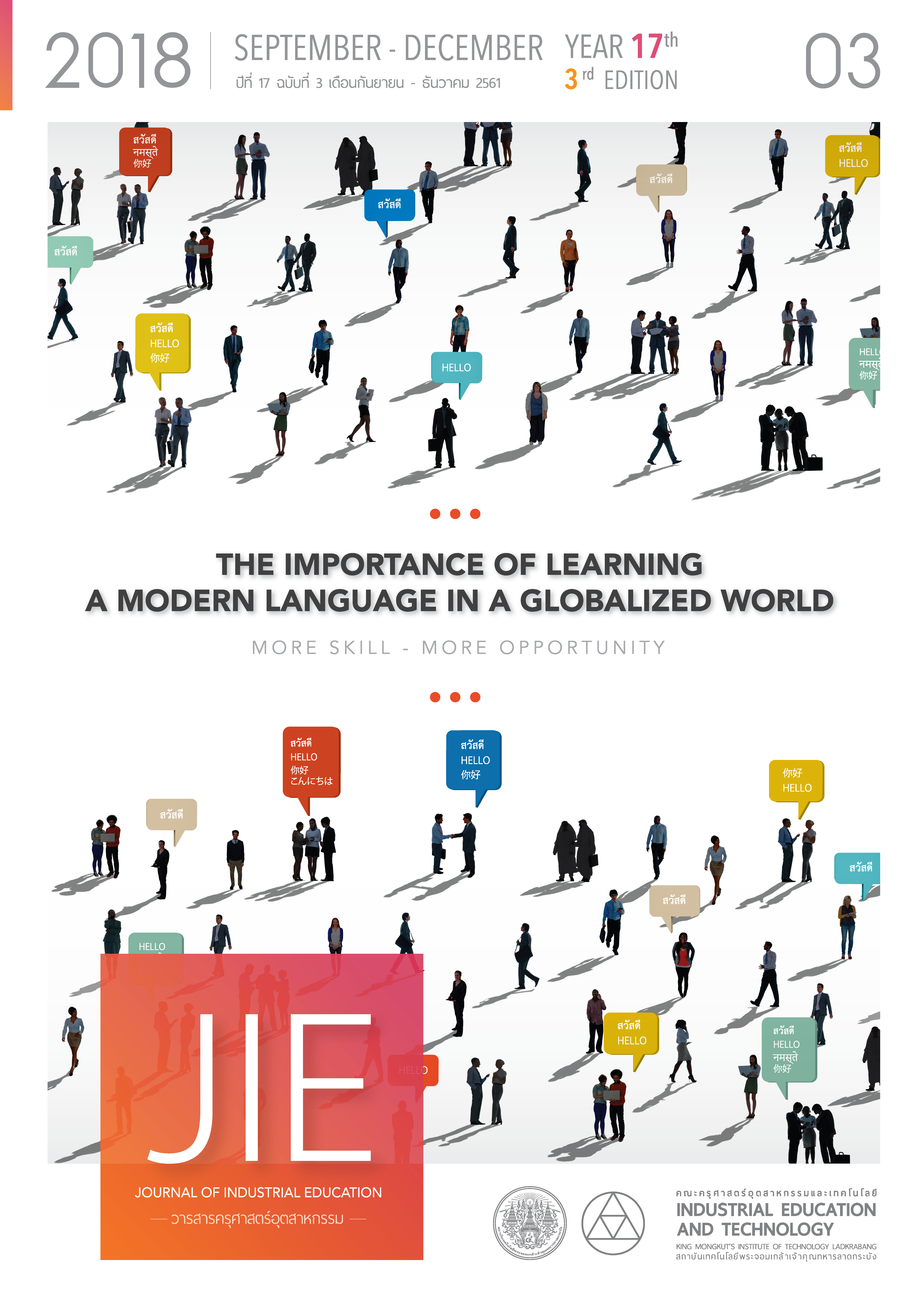DEVELOPMENT OF LEARNING MANAGEMENT USING SCIENTIFIC REPRESENTATIONS IN STOICHIOMETRY FOR HIGH SCHOOL STUDENTS
Keywords:
Development, Learning Management, Scientific Representations, Efficiency, StoichiometryAbstract
The purpose of this research was to develop a learning management using scientific representations in stoichiometry for high school students to reach an efficiency criteria ratio (E1/E2) of 75/75. The lesson plans were implemented with twenty seven students from one school in Northern Thailand and the participants were selected through purposive sampling. The lesson plans consisted of five topics, including the law of mass conservation, the law of definite proportions, the volume of gas in chemical reactions, the relationship between the amount of a substance in the chemical equation, and the limiting reagent. The data were collected using worksheets and the stoichiometry achievement test. The results revealed that the efficiency of the learning management using scientific representations in stoichiometry was at a higher than standard criteria ratio (75/75), which is equivalent to 91.97/85.83.
In conclusion, the results implied that the efficiency of the learning management using scientific representations in stoichiometry for high school students corresponds with the hypothesis.
References
[2] Boujaude, S. and Barakat, H. 2000. Secondary School Students’ Difficulties in Stoichiometry. School Science Review, 81(296), p. 91-98.
[3] Huddle, P. A. and Pillay, A. E. 1996. An In-Depth of Misconceptions in Stoichiometry and Chemical Equilibrium at a South African University. Journal of Research in Science Teaching, 33(1), p. 65-77.
[4] Ozmen, H. and Ayas, A. 2003. Students’ Difficulties in Understanding of The Conservation of Matter in Open and Closed-System Chemical Reactions. Chemistry Education Research and Practice, 4(3), p. 279-290.
[5] Staver, J. R. and Lumpe, A. T. 1995. Two Investigations of Students’ Understanding of The Mole Concept and Its Use in Problem Solving. Journal of Research in Science Teaching, 32, p. 177-193.
[6] Williamson, V. M. and Abraham, M. R. 1995. The Effects of Computer Animation on The particulate Mental Models of College Chemistry Students. Journal of Research in Science Teaching, 32(5), p. 521-534.
[7] Wu, H. K. And Puntambekar, S. 2012. Pedagogical Affordances of Multiple External Representations in Scientific Processes. Journal of Science Education and Technology, 21(6), p. 754-767.
[8] Gilbert, J. K. and Treagust, D. F. 2009. Multiple Representations in Chemical Education, Dordrecht: Springer.
[9] Sunyono, L., Yuanita, M. and Ibrahim. 2015. Supporting Students in Learning with Multiple Representation to Improve Student Mental Models on Atomic Structure. Science Education International, 26(2), p. 104-125.
[10] Trummanam, S., Mano, K. and Supavarasuwat, P. 2017. The Development of a STEM Learning Management System on Sources of Solar Energy and Its Application for The Learning Area of Careers and Technology for Mattayom Suksa 3 Students. Journal of Industrial Education, 16(3), p. 38-44.
[11] Boonlert, S. and Kuno, M. 2014. Development of a Virtual Laboratory for Acid-base Solution for Mathayomsuksa I Students. Journal of Education Graduate Studies Research, 8(2), p. 199-207.
[12] Whitney, D. R. and Sabers, D. L. 1970. Improving Essay Examinations III: Use of Item Analysis, Lowa: University of Lowa.
Downloads
Published
How to Cite
Issue
Section
License
"The opinions and contents including the words in papers are responsibility by the authors."
"ข้อคิดเห็น เนื้อหา รวมทั้งการใช้ภาษาในบทความถือเป็นความรับผิดชอบของผู้เขียน"



